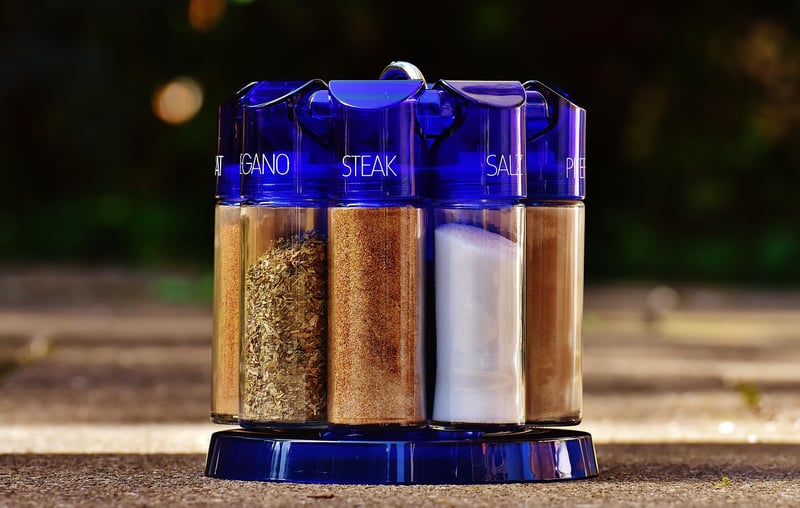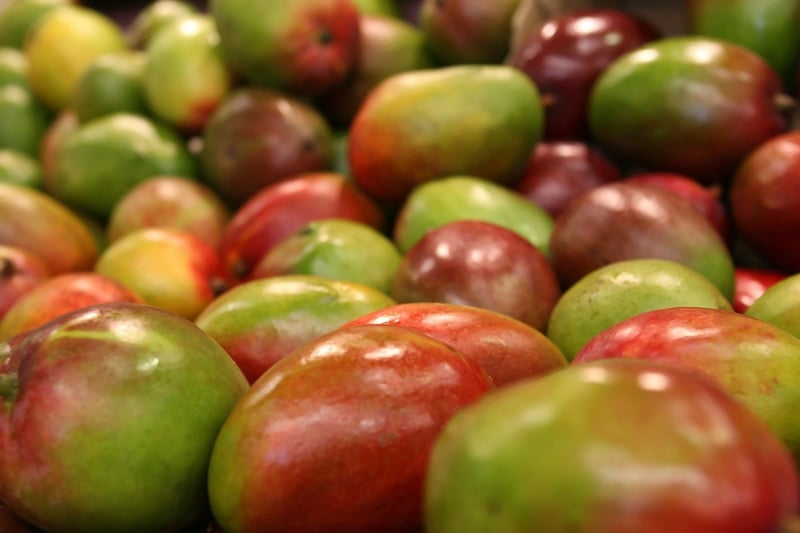Exotic Ingredients
Exploring Diverse Culinary Traditions and Exotic Ingredients
Food is a universal language that unites people from different cultures and backgrounds. Exploring diverse culinary traditions allows us to experience a rich tapestry of flavors, ingredients, and cooking techniques that have been passed down through generations. One way to delve into the world of diverse cuisines is by incorporating exotic ingredients into your dishes.
The Plethora of Exotic Ingredients
Exotic ingredients can add a new dimension to your cooking and tantalize your taste buds with unique flavors and textures. From spices and herbs to fruits, vegetables, and proteins, there is a vast array of exotic ingredients waiting to be discovered.
Spices and Herbs
Spices like saffron, cardamom, and sumac can elevate your dishes with their aromatic and flavorful profiles. Herbs such as lemongrass, kaffir lime leaves, and epazote can lend a fresh and zesty touch to your cooking.
Fruits and Vegetables
Exotic fruits like dragon fruit, rambutan, and durian offer a sweet and tropical twist to desserts and salads. Vegetables like kohlrabi, taro root, and water spinach can bring new textures and tastes to your savory dishes.
Proteins
Explore proteins like bison, ostrich, and rabbit for a lean and flavorful alternative to more common meats. Seafood options like sea urchin, cuttlefish, and barramundi can introduce you to a world of unique and delicious flavors from the sea.
Embracing Culinary Traditions
Each culture around the world has its own culinary traditions and signature dishes that reflect its history, geography, and values. By exploring these diverse culinary traditions, you can broaden your culinary horizons and gain a deeper appreciation for different cultures.
Asian Cuisine
Asian cuisine encompasses a wide range of flavors and cooking styles, from the spicy curries of India to the delicate sushi of Japan. Ingredients like miso, kimchi, and tamarind are staples in Asian cooking, adding depth and complexity to dishes.
Middle Eastern Cuisine
Middle Eastern cuisine is known for its use of aromatic spices, fresh herbs, and hearty grains. Dishes like falafel, hummus, and tabbouleh showcase the vibrant flavors and colors of the region, while ingredients like za'atar, sumac, and pomegranate molasses add a unique twist to traditional recipes.
Latin American Cuisine
Latin American cuisine is a tapestry of flavors influenced by indigenous cultures, European colonizers, and African slaves. Ingredients like plantains, achiote, and annatto seeds are commonly used in dishes from countries like Mexico, Brazil, and Peru, creating a fusion of sweet, savory, and spicy flavors.
Conclusion
Exploring diverse culinary traditions and incorporating exotic ingredients into your cooking can open up a world of possibilities and enrich your culinary experience. Whether you're experimenting with new spices, trying exotic fruits, or recreating traditional dishes from around the world, embracing diversity in food can be a rewarding and delicious journey.
So, why not embark on a culinary adventure today and discover the wonderful world of diverse cuisines and exotic ingredients?



Start your culinary journey today and savor the delights of diverse cuisines and exotic ingredients!
References: Food Network, Saveur
